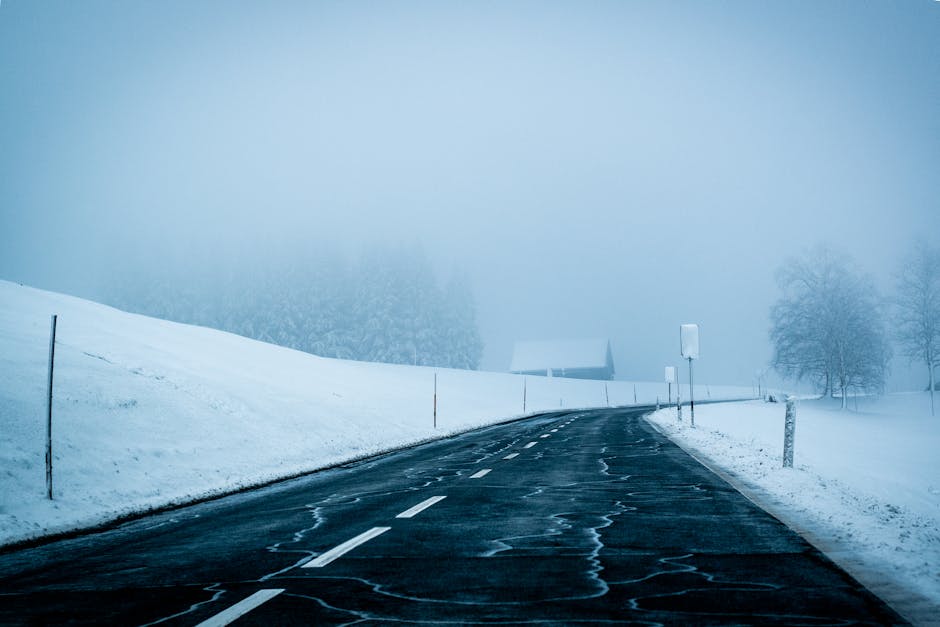Wintering your RV: Using Antifreeze
Wintering your RV: Using Antifreeze

During the cold months, many people prefer to put their RV in storage rather than try to camp while it’s below freezing and the ground is covered in snow. However, it’s not enough to simply park your RV somewhere and walk away. It’s a small home, so your RV will need to go through a series of winterization processes before it’s ready to sit for the winter. One process is making sure your water system is protected from freezing temperatures. To do this, you’ll need to add antifreeze to your plumbing system. Putting antifreeze in an RV’s water system can be a long process with many steps, so Herold Trailer Sales has broken it down to help you know exactly what to do. If you notice any repairs that need to be taken care of before you store your camper, schedule a service appointment at our location in Indianola, Iowa. We proudly serve Des Moines and Clive, Iowa.
Drain the Water System
You’ll want to start by making sure there’s no water in your plumbing system, anywhere. Water dilutes the antifreeze solution and makes it less effective. This should include the freshwater tank, gray and black tanks, and the water heater. If you don’t have a way to drain your gray and black tanks, you’ll need to clean them out yourself with a wand or some other similar product.
Open All Faucets
You’ll also want to open all faucets, cold and hot. Open the toilet valve and showers (including any outdoor ones), plus all drain lines. This should get much of the water sitting in your pipes.
Blow Out the Lines
As an added measure of security, attach a blow out plug to the City Water Intake and apply pressure to get every last drop of water out of the system. This is not a necessary step, but it can be very helpful. When you’re done draining the water system, recap and close all drains and faucets.
Bypass the Water Heater
Don’t skip this step. Your water heater won’t need the antifreeze and if you don’t bypass it, you’re likely to waste antifreeze and time before you realize the problem. Many newer RVs come with a bypass system, but if yours does not have one, you’ll want to install a water heater bypass kit.
Install a Water Pump Converter Kit
This technically isn’t a necessary step, but it sure is helpful. With a water pump converter kit, you’ll need to add the antifreeze using a hand pump and the process will most likely take much longer.
Add Antifreeze
Start pumping the antifreeze through your system, however you decide to do so, and go to the closest faucet. Turn on the cold water supply until you see pink liquid. Then do the same with the hot water valve. Continue this process, going to the next closest faucet and so on, until you see antifreeze coming out of every faucet, including any outdoor ones. Also don’t forget the showers and flush the toilets until you get the same result. Pour a cup of antifreeze down each drain and flush a couple cups down the toilet. When you’re finished, close all faucets and cap all drains. If you have any appliances that use water--ice maker, washing machine--consult your owner’s manual on proper winterization processes.
Winterizing your RV can take some time, but it will prevent damage from building up while it’s in storage. If you’re still looking for the right RV and you’re in Des Moines or Clive, then stop by Herold Trailer Sales in Indianola, Iowa.

